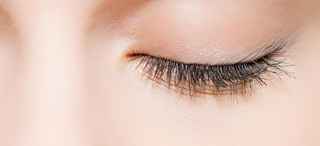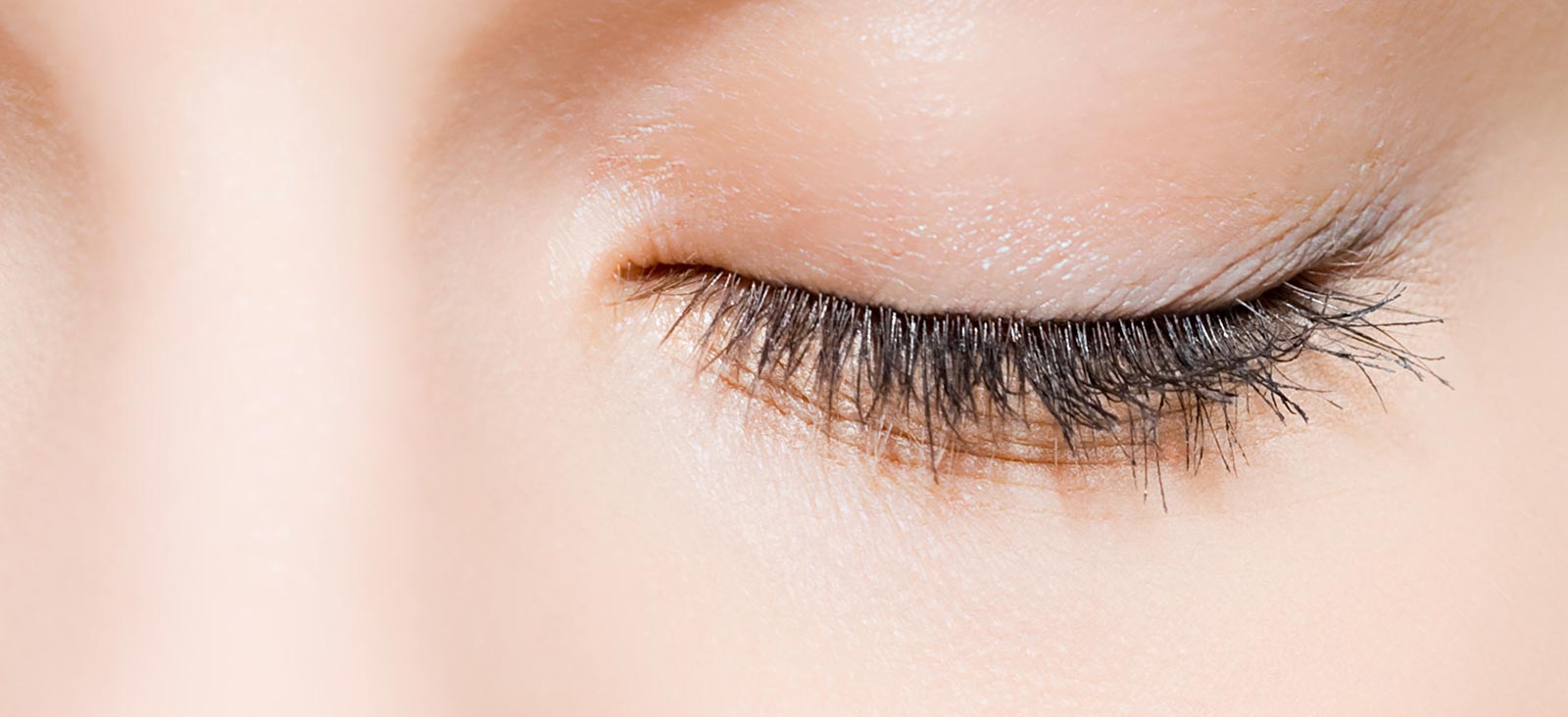Search for opportunities to participate in a vision or eye-related research study.
Blepharoplasty (Eyelid Surgery)
New Patient Appointment or 214-645-8300
MedBlog
Results: 4 Locations
Ophthalmology
at UT Southwestern Monty and Tex Moncrief Medical Center at Fort Worth 600 South Main Street, 1st Floor, Suite 1.500Fort Worth, Texas 76104 817-429-3050 Directions to Ophthalmology at UT Southwestern Monty and Tex Moncrief Medical Center at Fort Worth, Fort Worth
Ophthalmology Clinic
at James W. Aston Ambulatory Care Center 5303 Harry Hines Blvd., 6th FloorDallas, Texas 75390 214-645-6913 Monday-Friday: 7 a.m. to 6 p.m. Directions to Ophthalmology Clinic at James W. Aston Ambulatory Care Center, Dallas Parking Info for Ophthalmology Clinic
Plastic Surgery
at UT Southwestern Frisco 12500 Dallas Parkway, 3rd FloorFrisco, Texas 75033 469-604-9120 Directions to Plastic Surgery at UT Southwestern Frisco, Frisco Parking Info for Plastic Surgery
Plastic Surgery Clinic
at Outpatient Building 1801 Inwood Road, 5th FloorDallas, Texas 75390 214-645-6916 Directions to Plastic Surgery Clinic at Outpatient Building, Dallas Parking Info for Plastic Surgery Clinic





